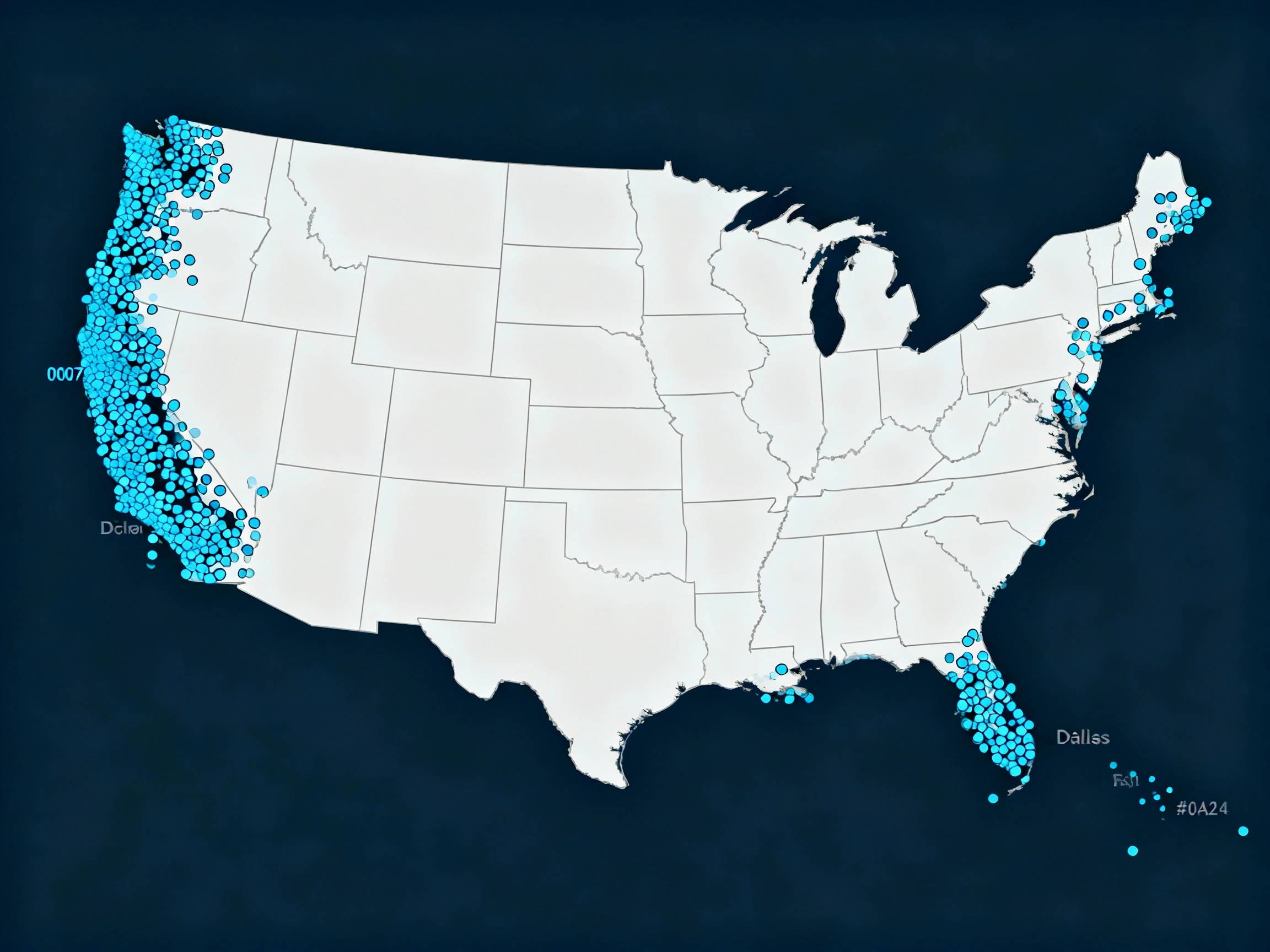America's Rural Holdouts
While cities boom, these 15 states are bucking the urbanization trend—and thriving in their own way.

The States That Stayed Rural
While 80% of Americans now live in urban areas, a distinct group of states continues to maintain significant rural populations—and these aren't just "flyover country." From Vermont's working farms to Montana's ranches, these rural holdouts represent a deliberate choice to preserve space, community, and a different pace of life.
The Rural Holdout States
- Vermont 61% Rural
- Maine 59% Rural
- West Virginia 56% Rural
- Montana 54% Rural
- Wyoming 52% Rural
Plus 10 more states with rural populations above 40%
Why Rural Still Works
These states prove that rural living isn't just surviving—it's adapting and, in many cases, thriving:
Agricultural Innovation
Modern farming techniques and agtech startups are making rural agriculture more profitable and sustainable than ever, attracting young farmers and entrepreneurs.
Remote Work Revolution
Broadband expansion means professionals can now earn urban salaries while enjoying rural living costs and quality of life—the best of both worlds.
Outdoor Recreation Economy
States like Montana and Vermont have built thriving economies around outdoor tourism, attracting visitors who value natural beauty and open spaces.
Tight-Knit Communities
Lower population density doesn't mean isolation—rural states often report higher levels of community engagement and social cohesion than urban areas.
The Challenges Remain Real
Despite their resilience, rural holdout states face ongoing challenges:
- Healthcare access, particularly specialist care and hospitals
- Educational opportunities and school funding in sparse populations
- Infrastructure maintenance across large geographic areas
- Limited job diversity outside agriculture and tourism
- Brain drain as young people leave for urban opportunities
A Different American Dream
For millions of Americans, the rural life isn't a compromise—it's a choice. These holdout states represent an alternative vision of prosperity built on space, community, and connection to the land.
The Future of Rural America
As remote work continues to grow and urban costs rise, some demographers predict a "rural renaissance" could be on the horizon. Young families seeking affordability and quality of life may rediscover what these holdout states never forgot: sometimes less density means more community.
Whether through agricultural innovation, outdoor tourism, or remote work opportunities, America's rural holdouts are writing a new chapter in the American story—one that values open spaces, strong communities, and a different pace of life.
